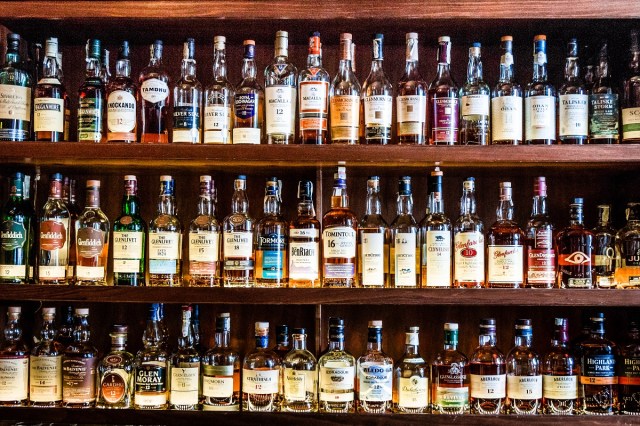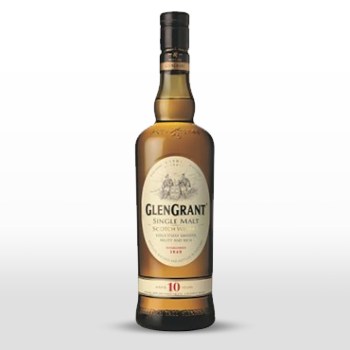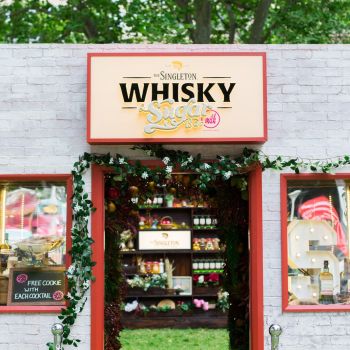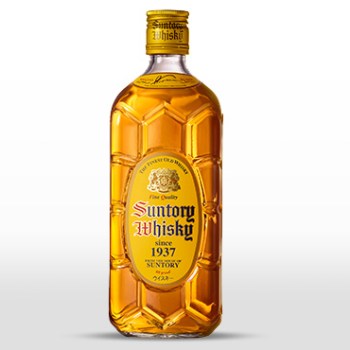It almost seems counterintuitive that as whisk(e)y gains popularity more older and rarer casks and bottles are becoming increasingly available, although not particularly affordable.
As collectors and super-premium venues strive to add these rare whiskies to their stocks the price reflects the rarity and as with any industry those high price tags attract the attention of those on the dark side. This inevitably leads to an increase in the amount of counterfeited products being spruiked by criminals.
It has been seen in wine for a number of years, notable cases like fraudster Rudy Kurniawan’s multi-million dollar scam have made global headlines and created uncertainty among collectors. But a solution could be here.
Scottish engineers have created an artificial tongue, which scientists say can taste subtle differences between drams of whisky and so could help cut down on the trade in counterfeit alcohol.
Let’s be honest, we all love a bit of geek, so here goes: Sub-microscopic slices of the two metals, arranged in a checkerboard pattern, act as the ‘tastebuds’ in the team’s artificial tongue. The researchers poured samples of whisky over the tastebuds – which are about 500 times smaller than their human equivalents – and measured how they absorb light while submerged.
Statistical analysis of the very subtle differences in how the metals in the artificial tongue absorb light – what scientists call their plasmonic resonance – allowed the team to identify different types of whiskies.
The team used the tongue to sample a selection of whiskies from Glenfiddich, Glen Marnoch and Laphroaig.
The tongue was able to taste the differences between the drinks with greater than 99 per cent accuracy. It was actually capable of picking up on the subtler distinctions between the same whisky aged in different barrels, and tell the difference between the same whisky aged for 12, 15 and 18 years.
Dr Alasdair Clark, of the University of Glasgow’s School of Engineering, the paper’s lead author, said: “We call this an artificial tongue because it acts similarly to a human tongue – like us, it can’t identify the individual chemicals which make coffee taste different to apple juice but it can easily tell the difference between these complex chemical mixtures.
“We’re not the first researchers to make an artificial tongue, but we’re the first to make a single artificial tongue that uses two different types of nanoscale metal ‘tastebuds’, which provides more information about the ‘taste’ of each sample and allows a faster and more accurate response.
“While we’ve focused on whisky in this experiment, the artificial tongue could easily be used to ‘taste’ virtually any liquid, which means it could be used for a wide variety of applications. In addition to its obvious potential for use in identifying counterfeit alcohols, it could be used in food safety testing, quality control, security – really any area where a portable, reusable method of tasting would be useful.”
The wonderfully titled paper ‘Whisky tasting using a bimetallic nanoplasmonic tongue’, is published in Nanoscale.
The research, which was conducted by engineers and chemists from the Universities of Glasgow and Strathclyde, was supported by funding from the Leverhulme Trust, the Engineering and Physical Sciences Research Council, and the Biotechnology and Biological Sciences Research Council.



